A heritage of safety innovations
In every generation, Volvo has been a pioneer. We are behind some of the most important inventions and innovations in the history of car safety, and we are continuously improving your safety.
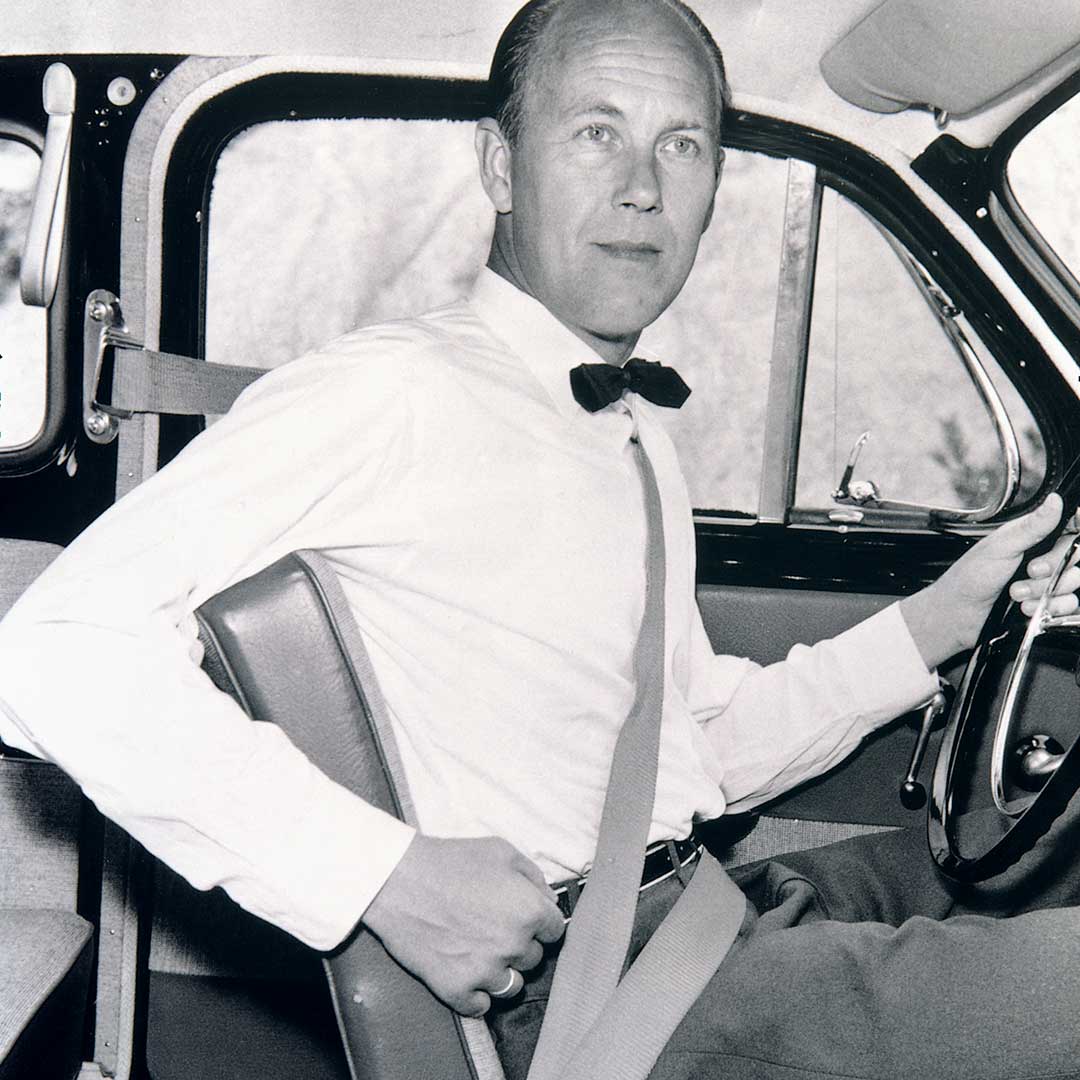
1959 – Three-point safety belt
There can be few men on the planet who have saved as many lives as Volvo engineer Nils Bohlin – he introduced three-point safety belts into the series production PV544. Since then, it’s estimated that over one million lives have been saved as a result of Volvo Cars waiving its patent rights so everybody could benefit.
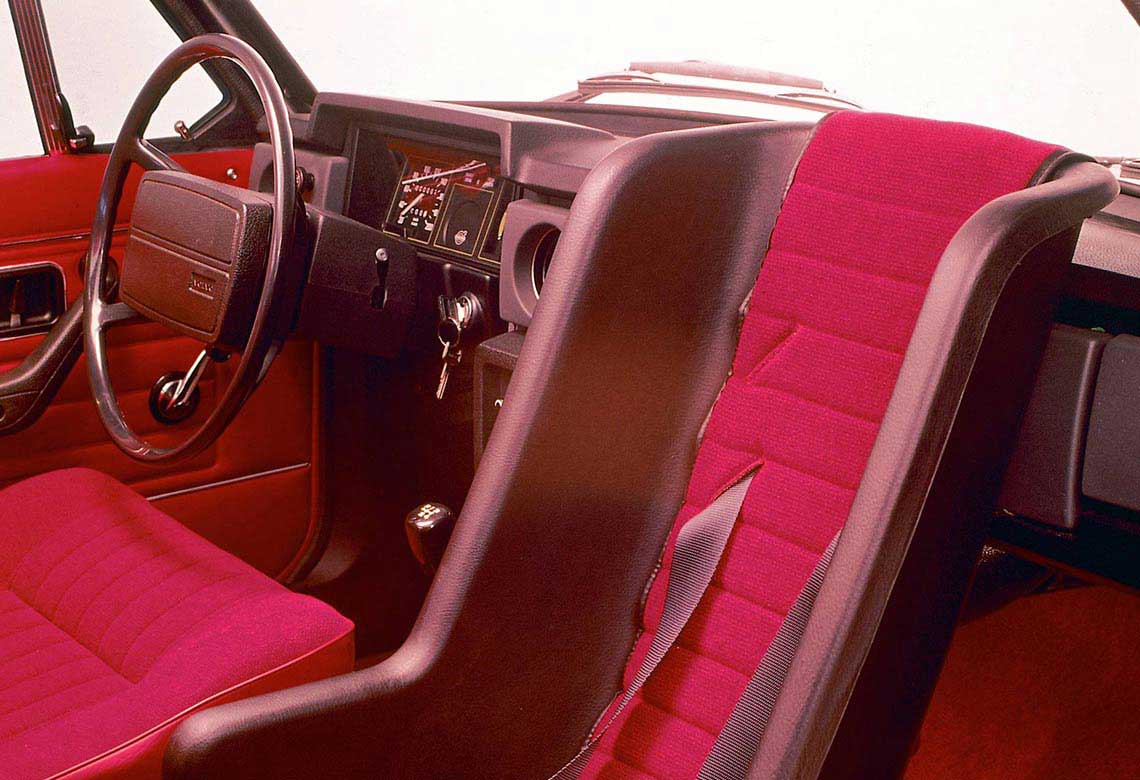
1972 – Rearward-facing child seat
Remember those early images of astronauts lying on their backs during take-off to even out the force on their bodies? Well, that was the basic principle behind our industry-first rearward-facing child seats. To spread the load and minimise injury.
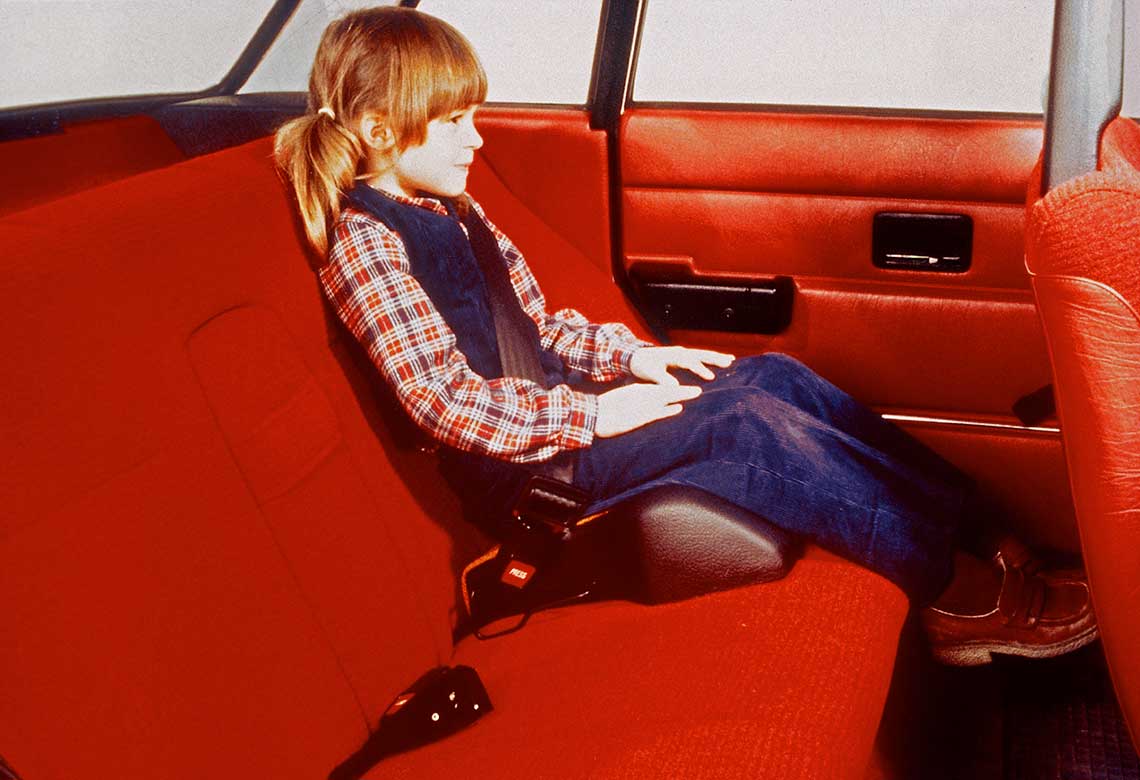
1978 – The booster cushion
We invented the world’s first belt-positioning booster which allowed children from 4 years of age to travel facing forward, with increased protection and comfort.
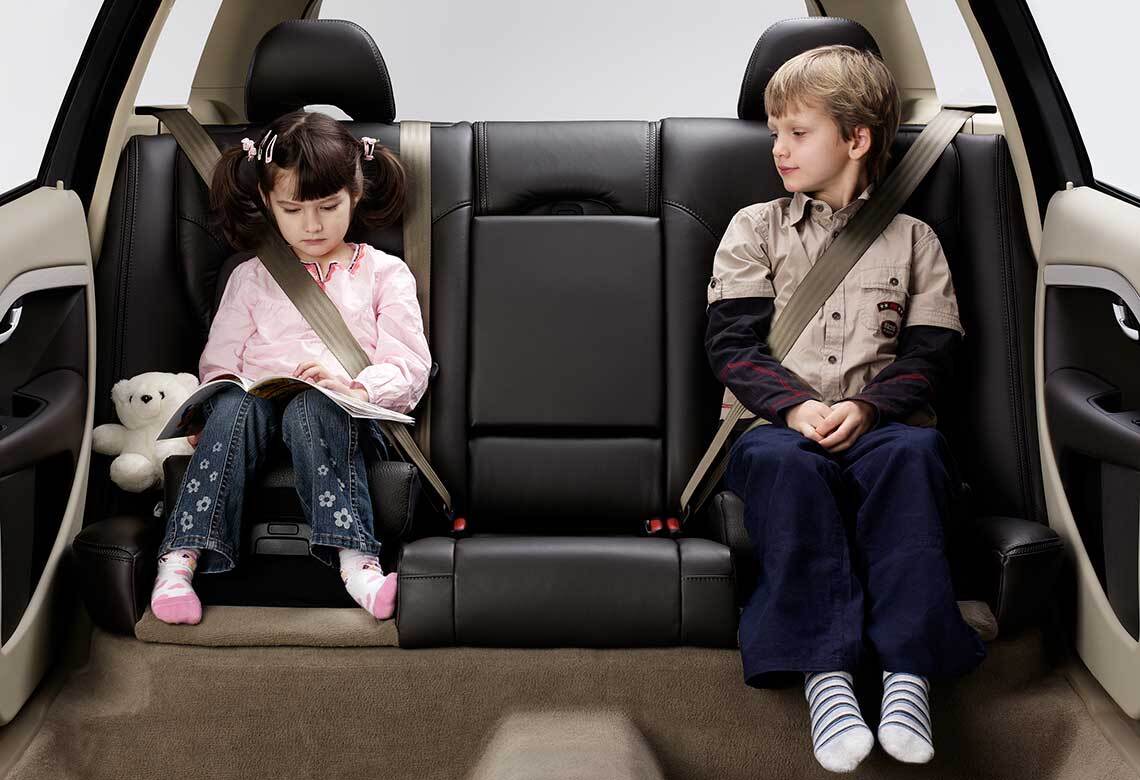
1990 – World’s first integrated booster cushion
The introduction of the first built-in booster cushion was another huge step forward for child safety. Besides the benefit of increased safety and comfort, the built-in booster cushion also provides a better seating position for the child, allowing them to look out the windows.
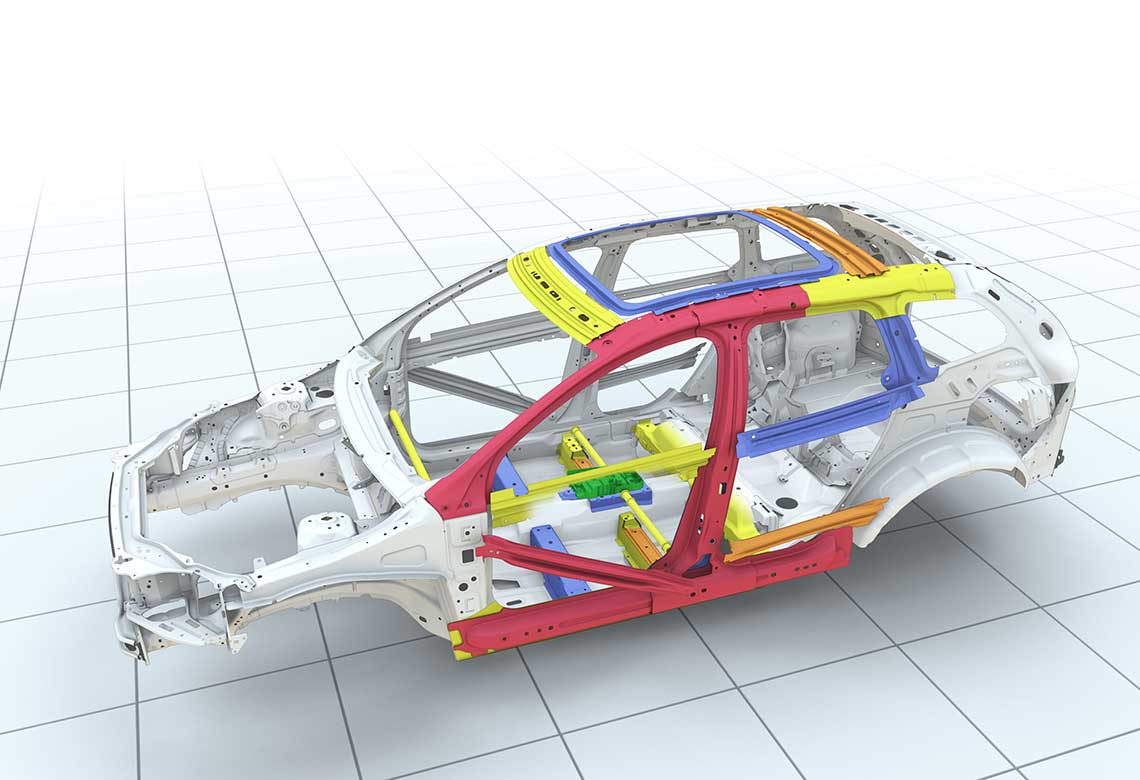
1991 – Side Impact Protection System (SIPS)
Another milestone in safety came with our Side Impact Protection System. This was an integral part of the car’s design and included a very strong structure and energy-absorbing materials on the inside, a cross-member in the floor and even reinforced seats. We followed that up in 1994 with another world first: side-impact airbags.
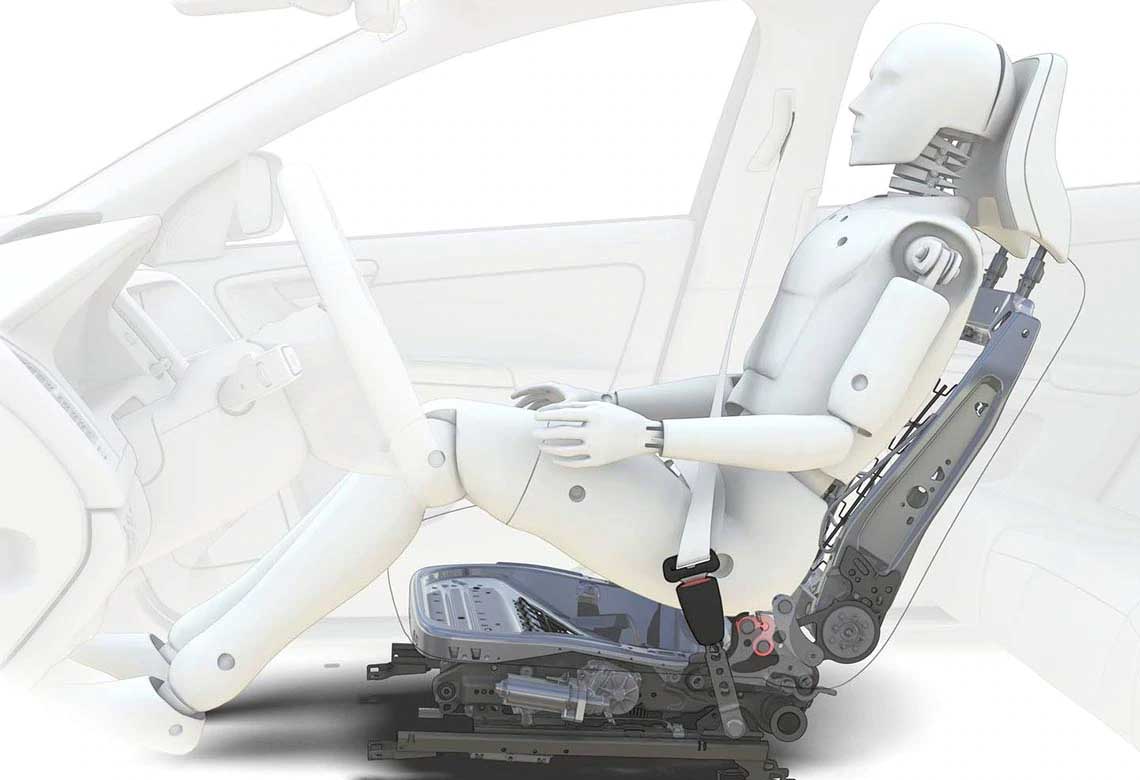
1998 – Whiplash Protection System (WHIPS)
Whiplash injuries are the most frequent injuries in car collisions and may result in long-term pain and disabilities. WHIPS provides uniform support and energy absorption in rear-end impacts thanks to a clever seat and head restraint design. The result is a halving of the risk of long-term medical problems.

1998 – Inflatable curtain
The inflatable curtain was yet another leap forward in safety for Volvo Cars. The airbag is concealed in the headliner and inflates rapidly to help protect the occupant’s head during a side impact or rollover scenario. It was the first airbag system to offer improved protection for both front and rear seat occupants.
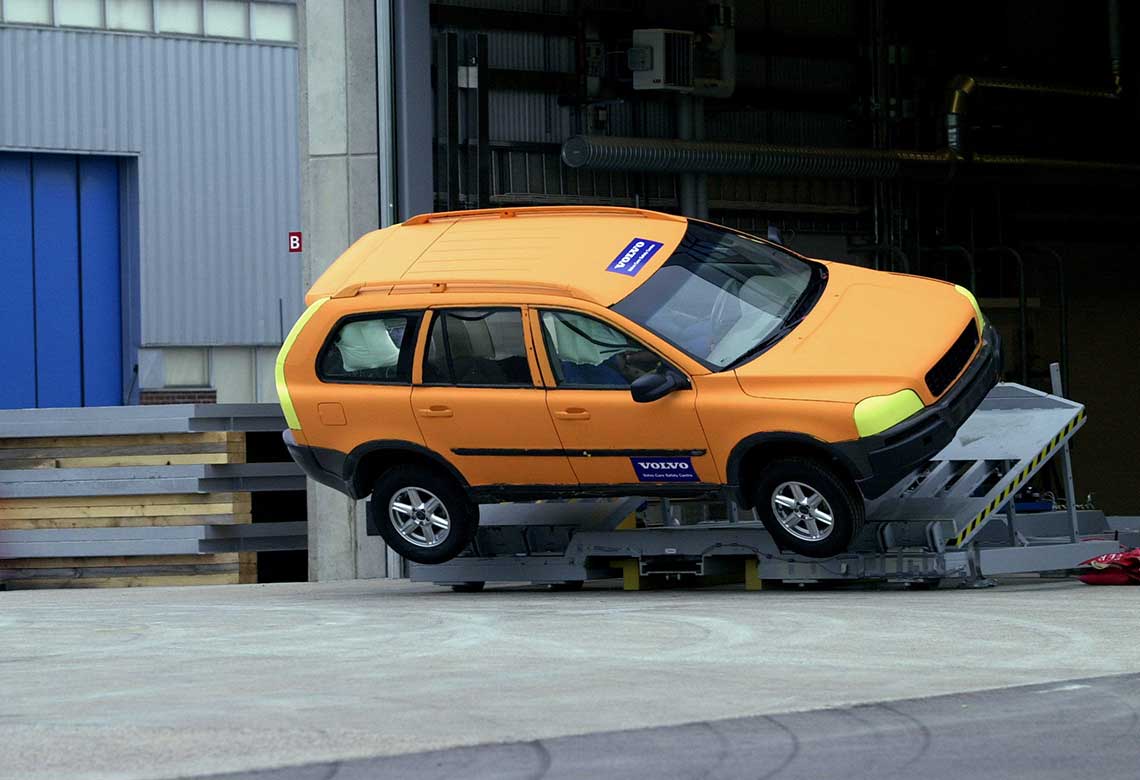
2002 – Roll-Over Protection System (ROPS)
With the growing popularity of SUVs, we reckoned it was time to introduce our next safety innovation – rollover protection. We tackled the problem from two directions. Firstly, we enhanced our SUVs’ stability with a sophisticated electronic roll stability control system and secondly, we improved their body design and structure to better protect the occupants in the event of a rollover accident.
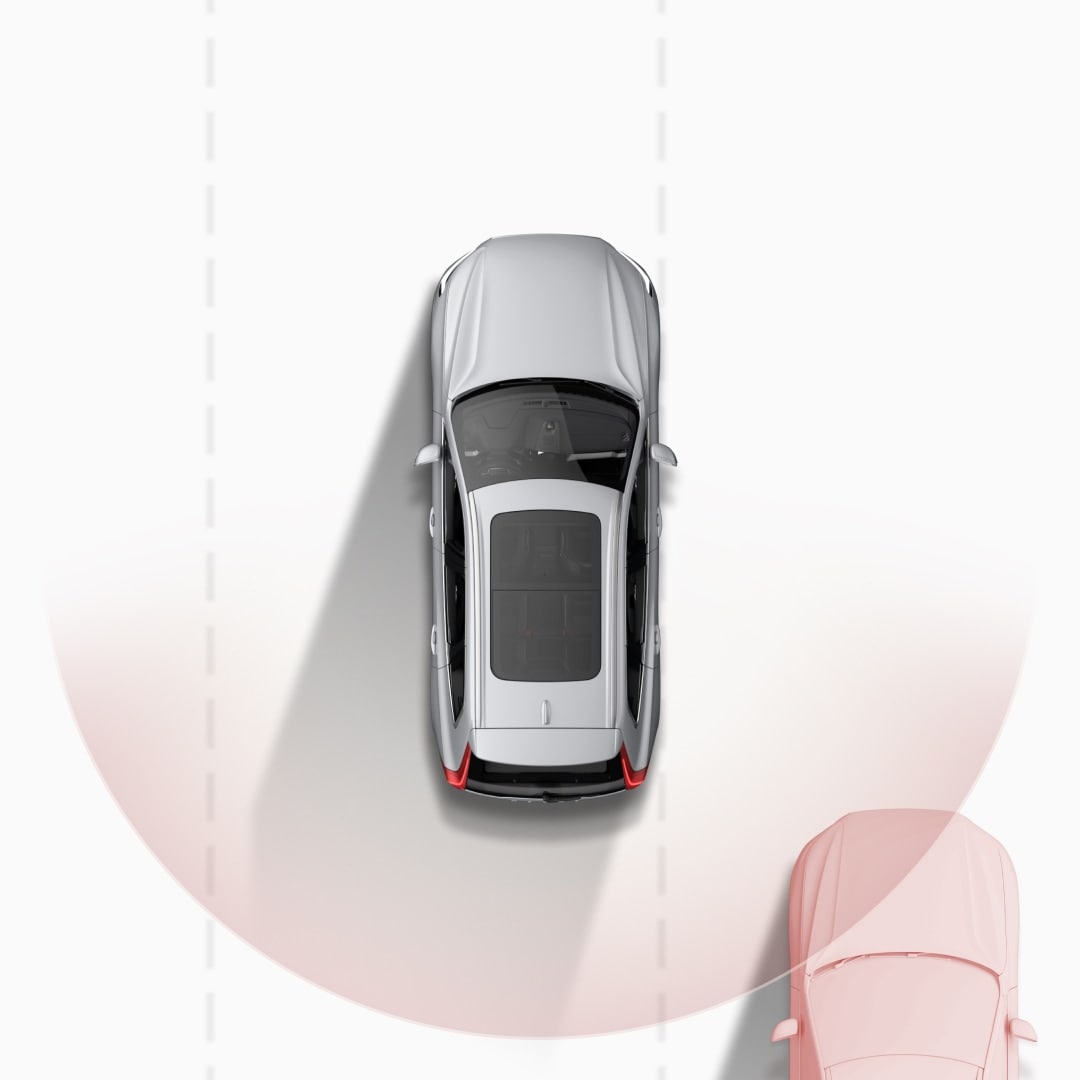
2003 – Blind Spot Information System (BLIS)
When drivers change lanes, a moment’s inattention can have catastrophic consequences if the driver hasn’t spotted another car in the blind spot. So, we decided that our cars would help us watch out for trouble, too. Our BLIS system uses cameras or radars to detect vehicles alongside and offset to the rear of the Volvo. When a car enters the blind spot area, a warning light comes on near the door mirror, giving the driver more time to react.
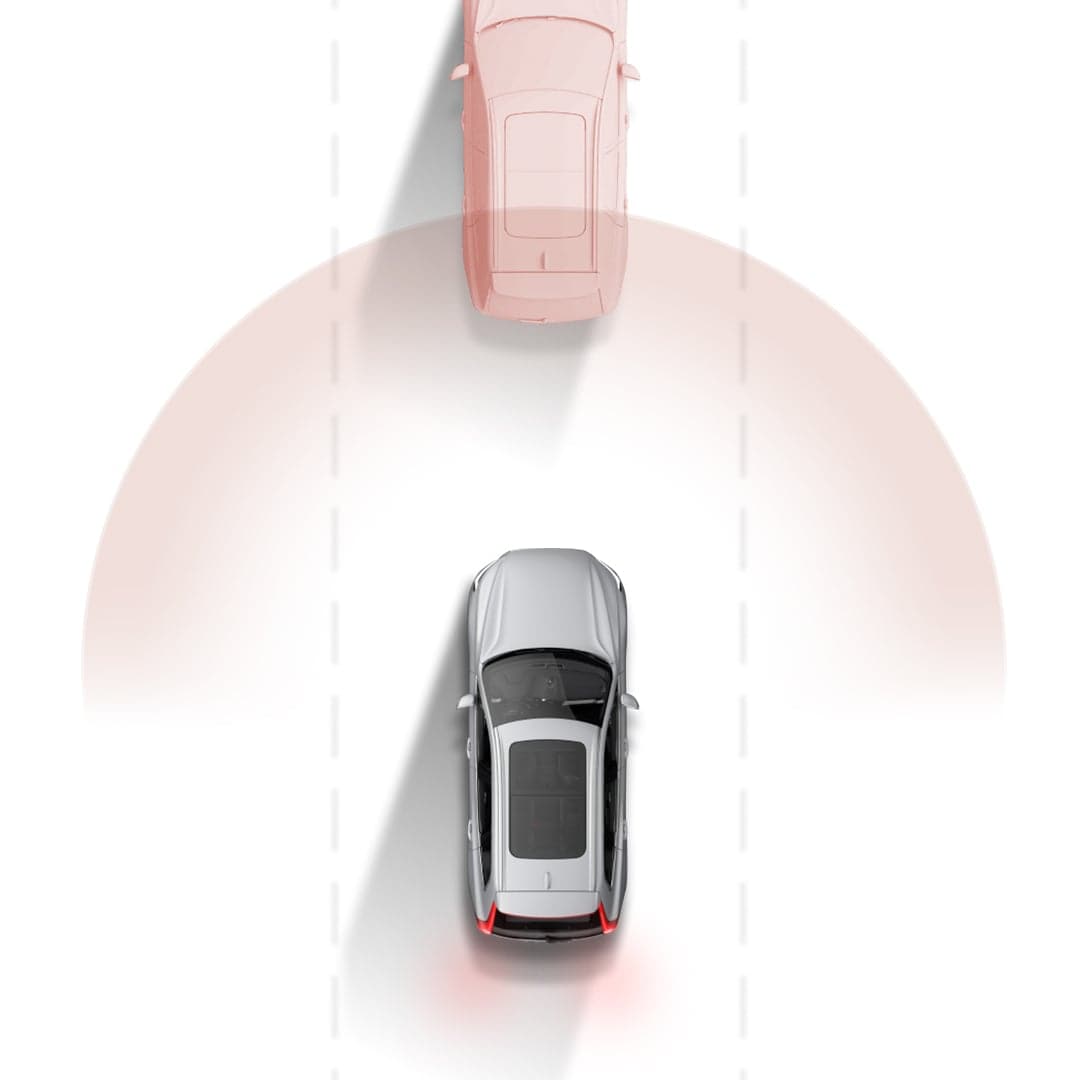
2008 – City Safety
Starting with the first-generation Volvo XC60, we introduced the autonomous emergency braking system City Safety as standard equipment in all new cars. The system used laser detection and was developed to reduce the risk and consequences of rear-end collisions at speeds up to 30 km/h.
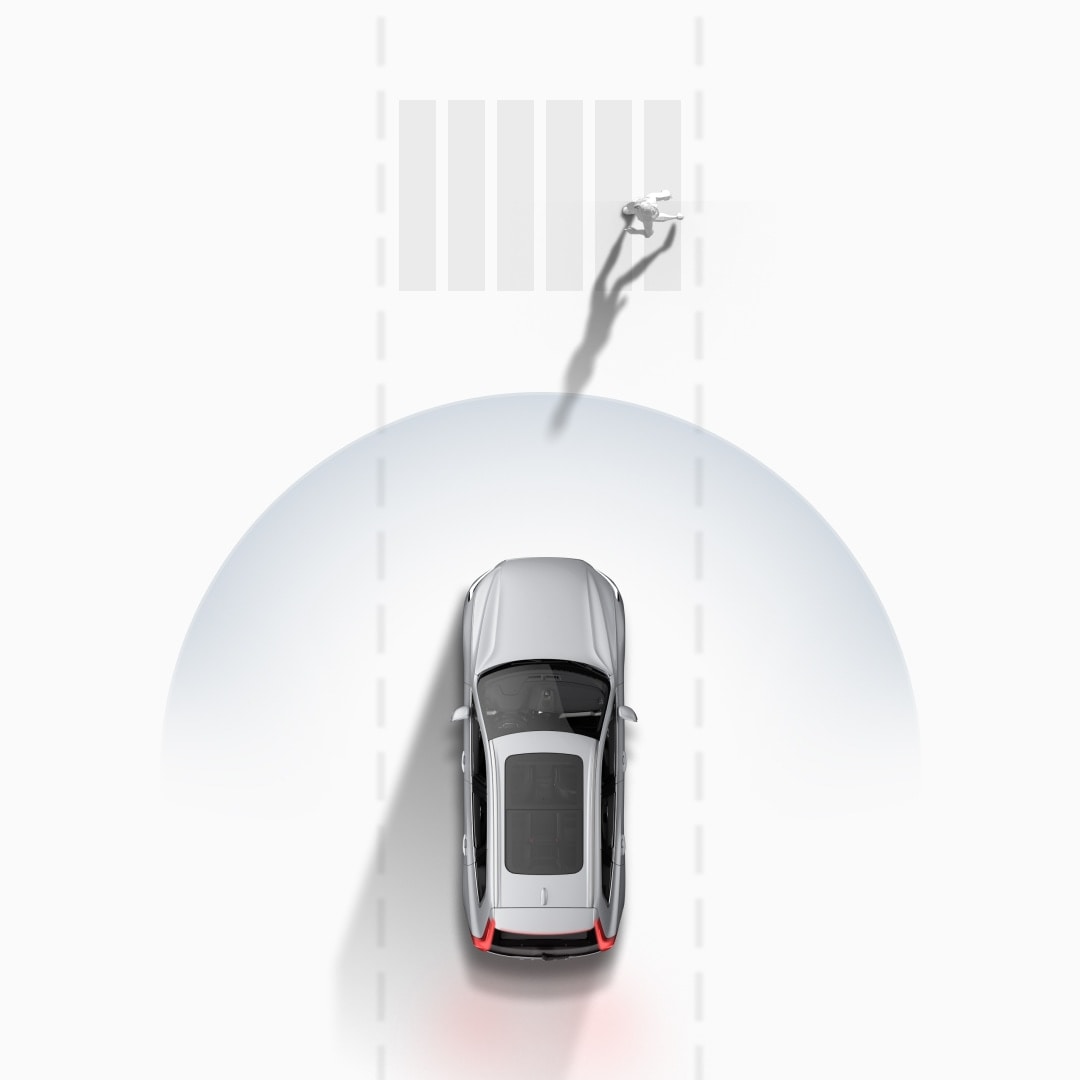
2010 – Pedestrian detection with full auto brake
We want our safety innovations to benefit people outside our cars, too. So, we’ve developed a system – using radar and cameras – that is designed to warn the driver if somebody steps out in front of the car, and then to brake automatically if the driver fails to do so.
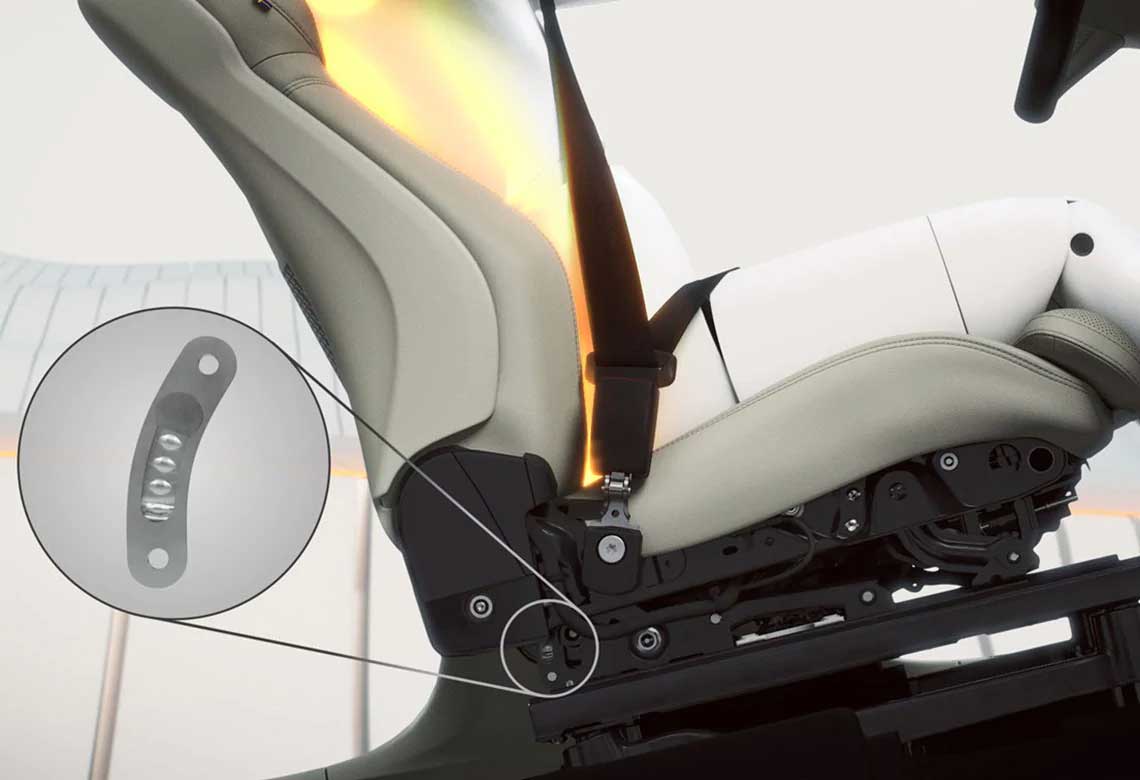
2014 – Run-off road protection
Volvo was the pioneer in testing road departure crashes – often the result of fatigue, poor weather conditions or a lack of driver attention. We focused on keeping occupants firmly in position, by tightening the safety belt and introducing unique energy-absorbing functionality in seats to mitigate spine injuries.
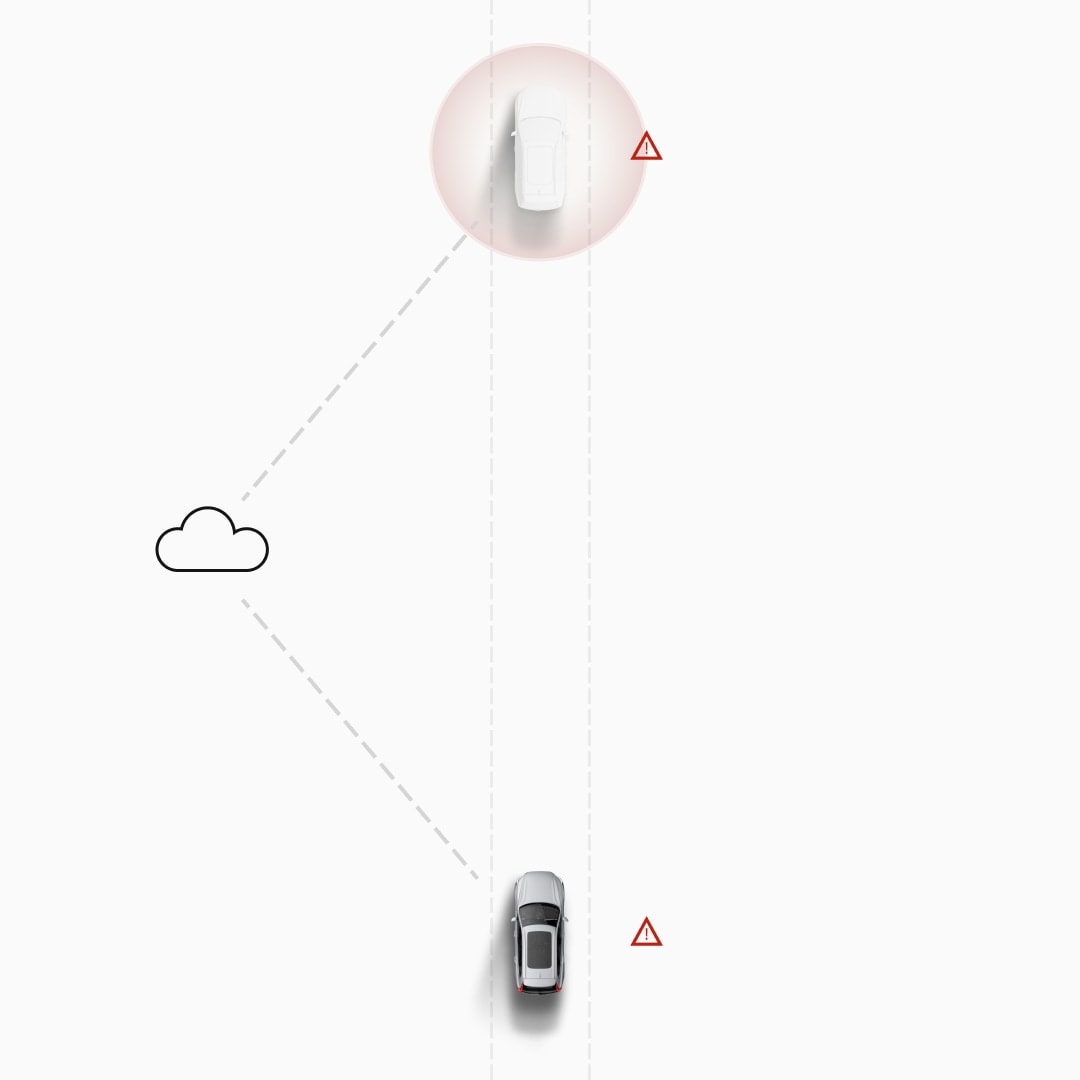
2016 – Connected safety
Volvo Cars defines a completely new type of road safety system in a world of connected cars. The connected innovations – Slippery Road Alert and Hazard Light Alert – use the cloud to share critical data between vehicles, alerting the driver about slippery road sections or vehicles that have activated their hazard lights, helping to provide the driver with enough time to slow down.
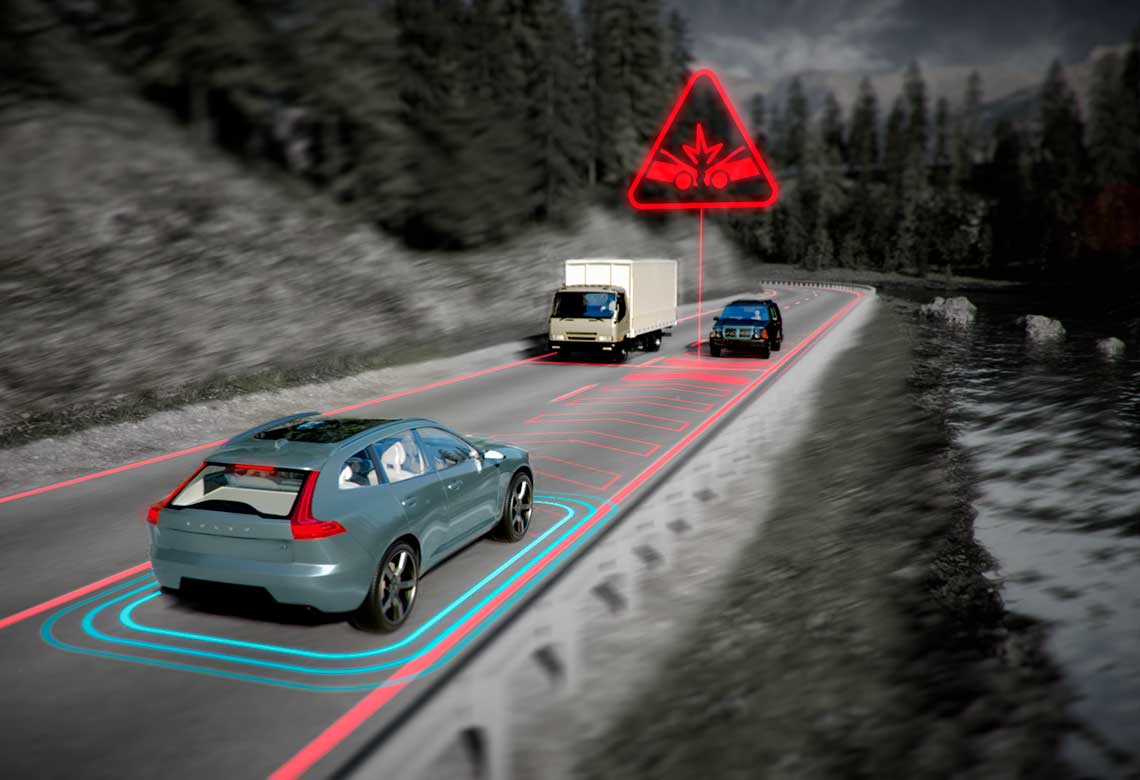
2018 – Oncoming mitigation by braking
Oncoming mitigation by braking is another unique Volvo feature. The system can help you apply the brakes for an oncoming vehicle in your lane. If an oncoming vehicle veers into your lane and a collision is unavoidable, the system can help reduce your vehicle's speed to try and mitigate the force of the collision.

2019 – The E.V.A. (Equal Vehicles for All) Initiative
We have collected crash data since the 1970s to better understand what happens during a collision – regardless of size, gender, or body shape. With the E.V.A. Initiative we made our safety research easily accessible in a digital library, open for anyone to download. For everyone’s safety.

2020 – Speed cap
To send a strong signal about the dangers of speeding, we reduced the top speed of all our new cars to 180 km/h in 2020. This initiative illustrates how we can take active responsibility in helping to achieve zero traffic fatalities by supporting better driver behavior.
Features depicted may not be standard or available for all styles, engine options and regions.